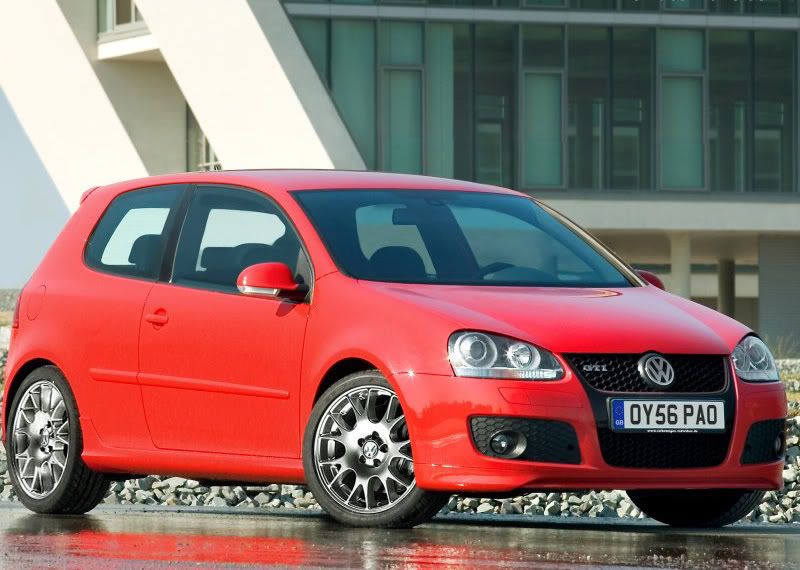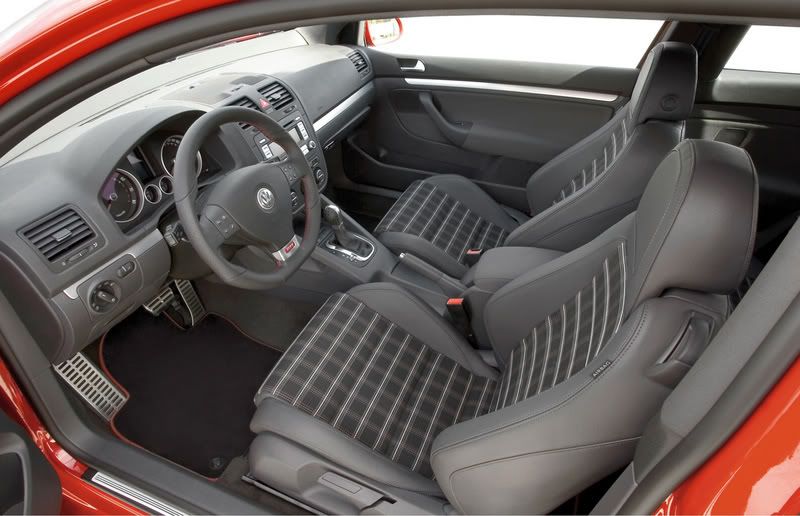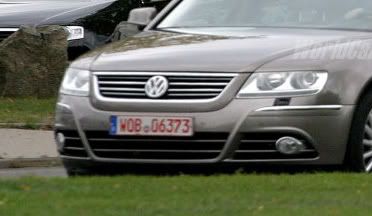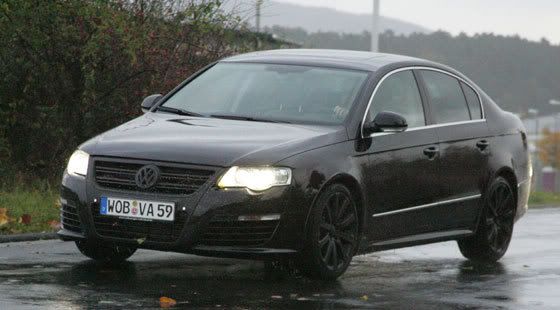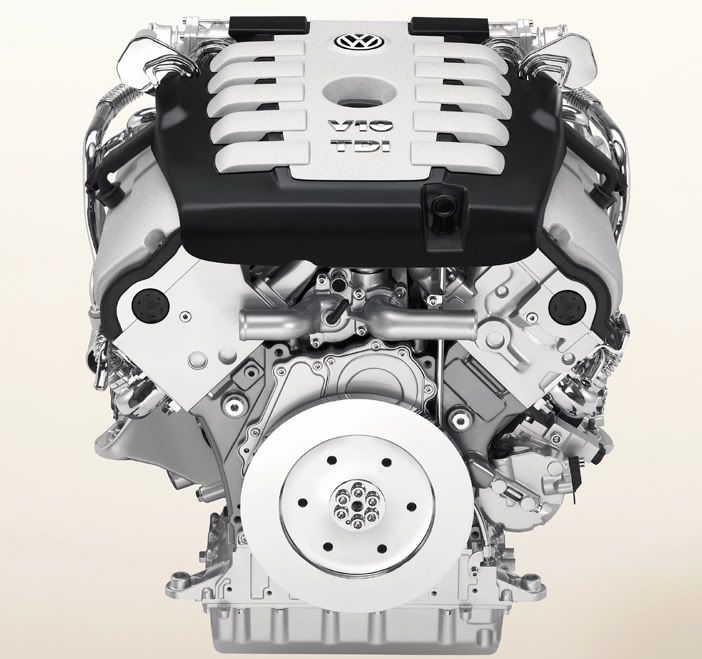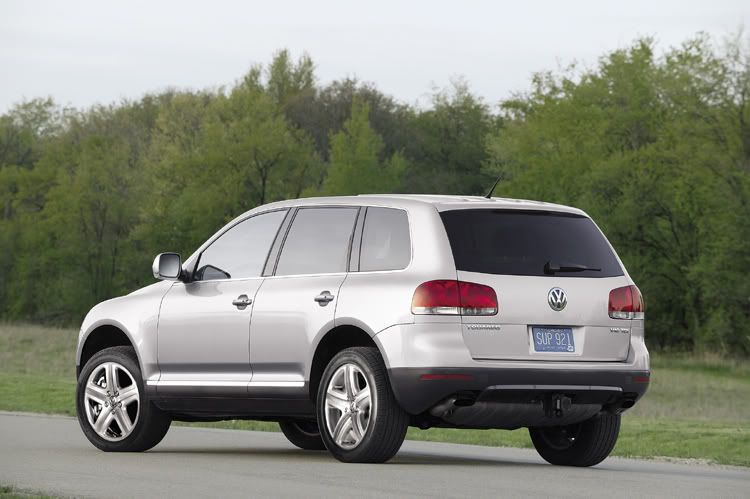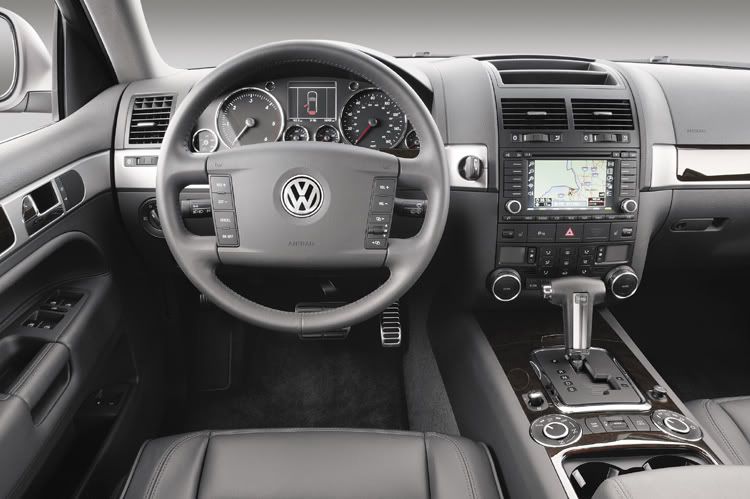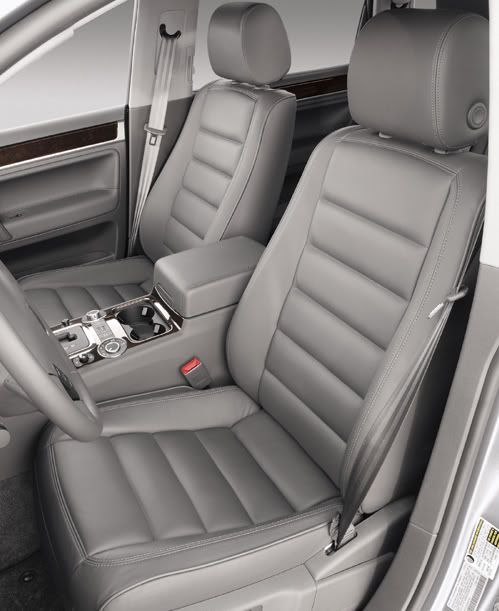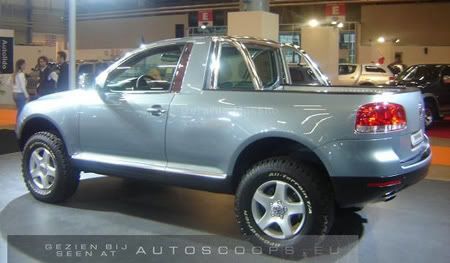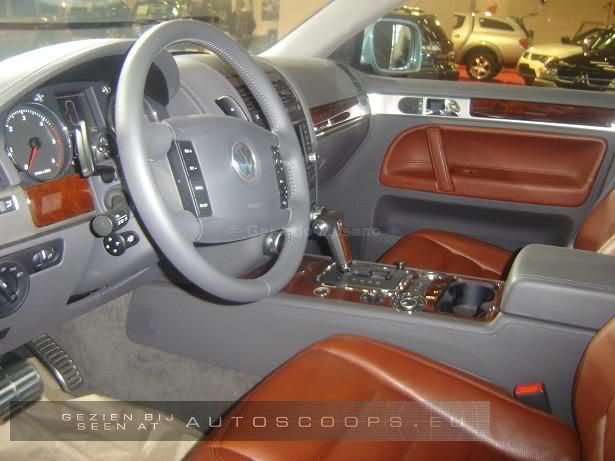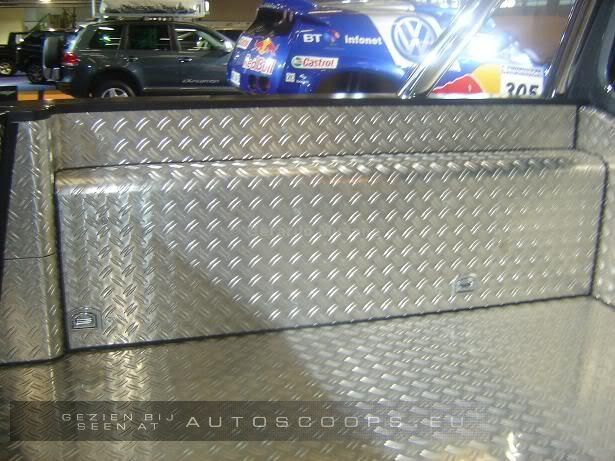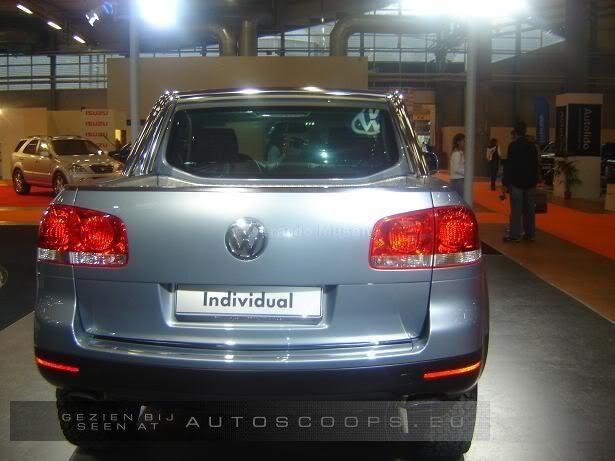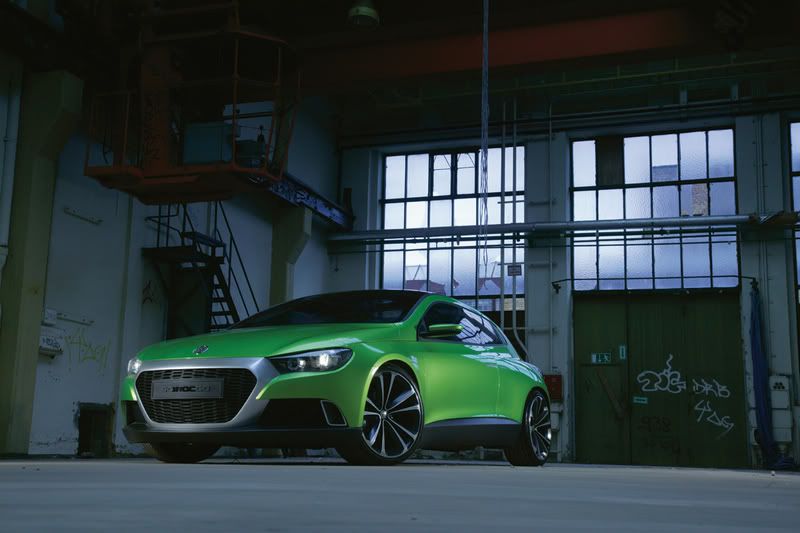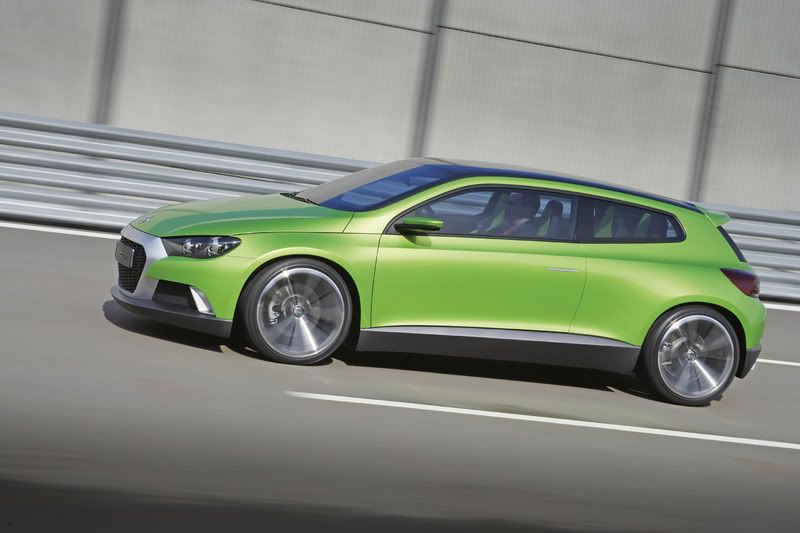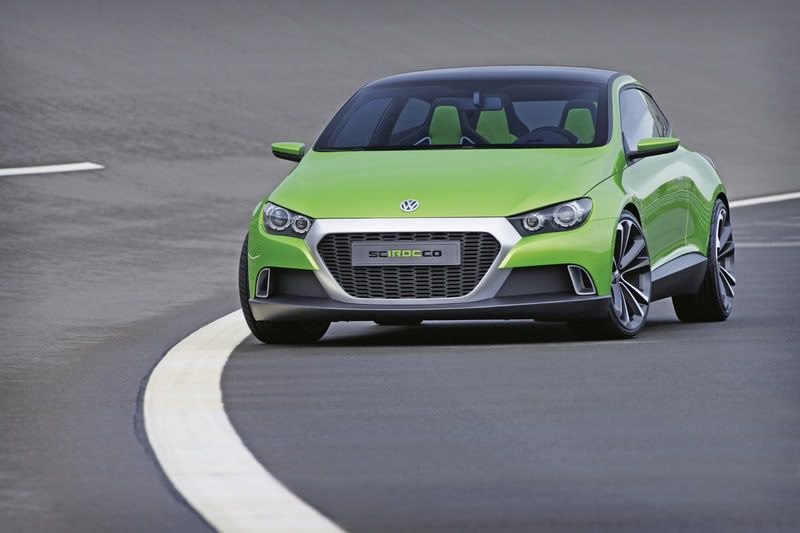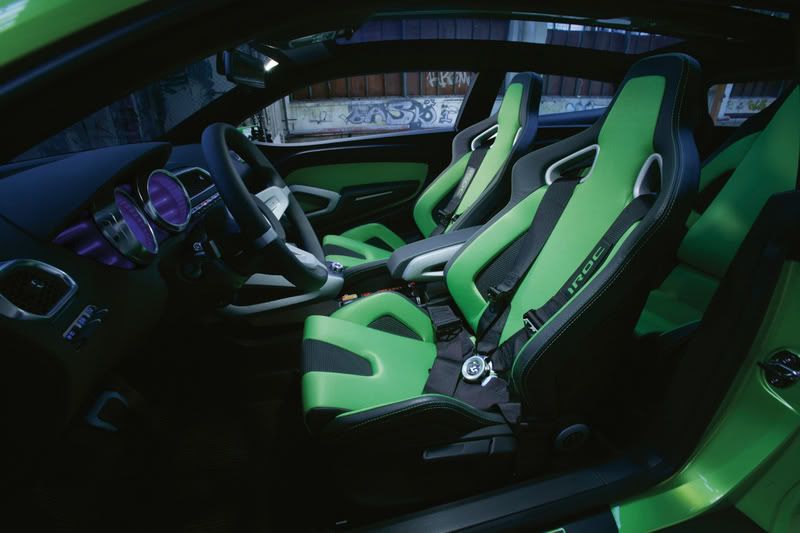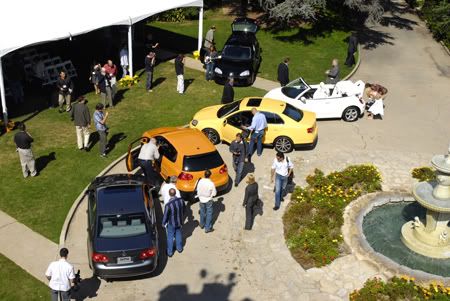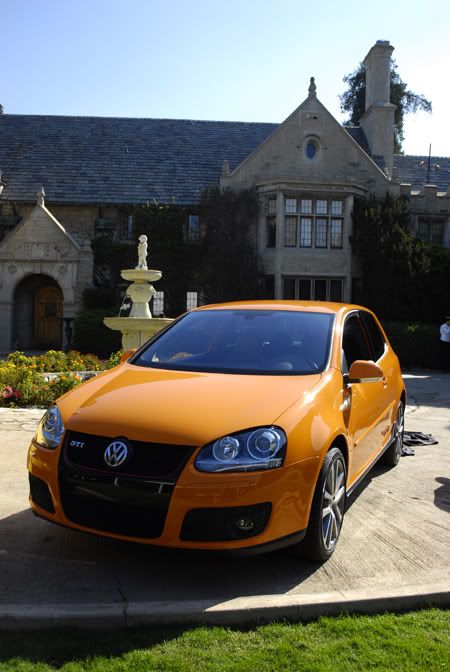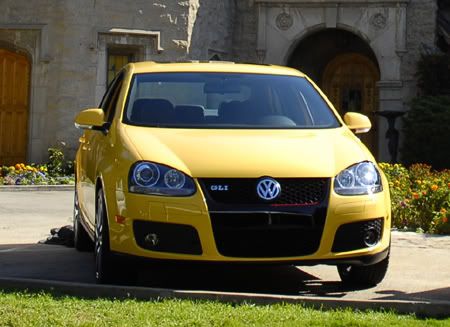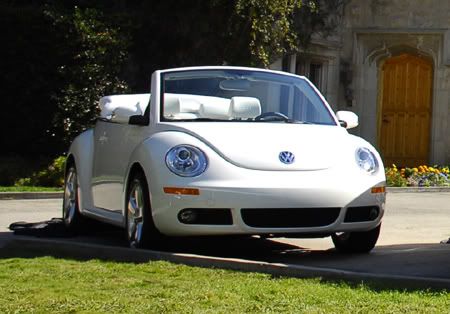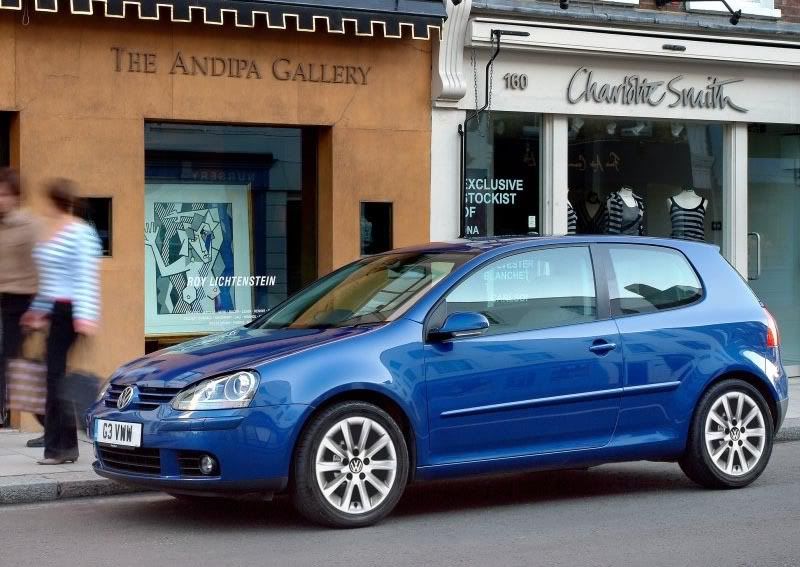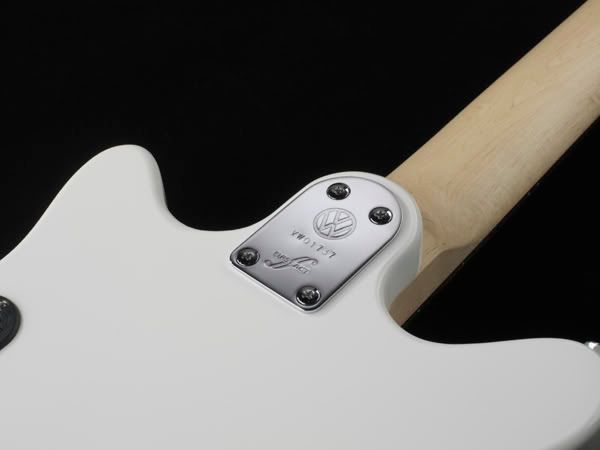Volkswagen Develops High Temperature Fuel Cell
Posted by Lorenzo at 1:30 pm
Wolfsburg, 31 October 2006 - Volkswagen system: Key technology on the way to ready for series production fuel cells
Fuel cell system developed by Volkswagen will be smaller, more efficient and cheaper
New membrane and new electrodes allow breakthrough on the way to series production
Volkswagen Research has developed a type of high temperature fuel cell (HTFC) that is one of a kind in the world. It eliminates numerous disadvantages of low temperature fuel cells (LTFC) previously known and used in virtually every type of vehicle with this propulsion system in the world. Prof. Jürgen Leohold, head of Volkswagen corporate research comments: "The high temperature fuel cell independently developed by Volkswagen in seven years of research work will make the overall system in the car lighter, more compact, stable and cheaper. And those are the decisive criteria for putting fuel cells on the path towards mass series production." Prof. Leohold continues: "We believe that the high temperature fuel cell is part of the future. In contrast, we no longer give much chance to low temperature fuel cells going into series production."
In detail, Volkswagen Research specially developed a new membrane and new electrodes for the fuel cell. Membrane, electrodes, cells – these conceal the exceptionally complex process of extracting electrical energy from chemical energy to power the electrical engine of future fuel cell cars. If you disregard this complicated process and just look a the newly developed parts "membrane" and "electrodes", compared to the low temperature fuel cell the Volkswagen system provides the following advantages:
Press release continues...
Low temperature fuel cells are operated at a membrane temperature of approx. 80 degrees Celsius. If the temperature greatly exceeds this value fuel cell performance breaks down and irreparable damage is done to the fuel cell. This is why vehicle prototypes with LT fuel cells have an extremely sophisticated and expensive cooling system. The cooling surface alone is approximately three times as large as for diesel engines (!). In addition, in an LT system the supply of hydrogen gas and air must be continuously humidified, because otherwise the production of energy will also break down, permanently damaging the fuel cell. This humidification of the water molecules stored in the membrane also adds unwelcome additional weight, eating up both space and money. In contrast, the high temperature membrane developed by Volkswagen can in combination with newly designed electrodes be "driven" at temperatures of up to 120 degrees Celsius with no loss in performance. And this without humidification. Novelty and background: In the HTFC protons are exchanged via phosphoric acid. This acid has good electrolytic properties similar to water, yet demonstrates a higher boiling point. This is why a significantly simpler cooling system and water management is sufficient for the HTFC. And this significantly reduces the weight and costs. The space required for the fuel cell system is also lowered by more than 30 percent.
However, one problem remained unsolved up to now: What’s referred to as product water formed, just as on the low temperature membrane. The water permeated the membrane and washed out the phosphoric acid. This in turn interrupted the flow of current. At this point all attempts up to now to make a high temperature fuel based on familiar materials usable have failed. For this reason, intensive Volkswagen basic research came to the result that in addition to a new membrane special modifications of the electrodes are necessary which are able to prevent product water from penetrating the membranes.
The solution: On a special screen printing machine like the ones used in the field of semiconductor technology the researchers at the Volkswagen Technology Center in Isenbüttel coated several cloth elements made of carbon fiber with a new type of paste. The newly created electrodes then underwent extensive testing in fuel cell stacks. The clear results: Product water can no longer penetrate the membrane and dilute the phosphoric acid. HT technology is thus ready for the next research step. A peek into the future could look like this:
More higher performance high temperature fuel cell systems come about that are perfected step by step and are expected to power the first research vehicles in 2010. In about 2020 the first Volkswagens with a fuel cell drive that is affordable and suitable for everyday use – the decisive factors – could appear.
Additional information I – general workings of fuel cells
The central element of each individual fuel cell – many of which are combined into a block (stack) – is a proton exchange membrane. It is located between the anode and cathode of each fuel cell. Hydrogen flows into the fuel cell on the anode side and the cathode is supplied with air. Many of these cells in combination generate enough energy to power a vehicle. Hydrogen and oxygen react inside each cell, producing water on the cathode side. The fuel cells thus convert the chemical energy of an oxidation process, known as "cold combustion", directly into electrical energy. The "exhaust" produced is nothing more than clean water vapor.
The fuel cell is supplied via a hydrogen tank and an external air intake. The electrical energy – the power – generated by the fuel cell is delivered via a converter and a downstream static inverter to one or more electrical engines. Consequently, the car runs virtually without making a sound, but definitely emission free.
Additional information II – chronology of Volkswagen fuel cell research
Volkswagen has for decades been involved in the area of fuel cell research. In doing so, the potential of low temperature fuel cells was also extensively researched. In this connection the milestones include the Capri Project (1996-2000, hybrid drive in the Golf Variant with 20 kW fuel cell), the Bora HyMotion (2000, fuel cell hybrid car with 30 kW fuel cell continuous power rating), the PSI Bora in cooperation with the Paul Scherer Institute (2001, driving tests over the 2,005 meter high Simplon Pass with 40 kW fuel cell) and the Touran HyMotion (since 2004, integration of a fuel cell with 65 kW continuous power rating with no restrictions on available space, including field tests in California and China). The research results on the topic of low temperature fuel cells were in the end crucial towards investing concentrated energy in the development of high temperature fuel cell systems that are more suitable for everyday use, more compact and cheaper.

